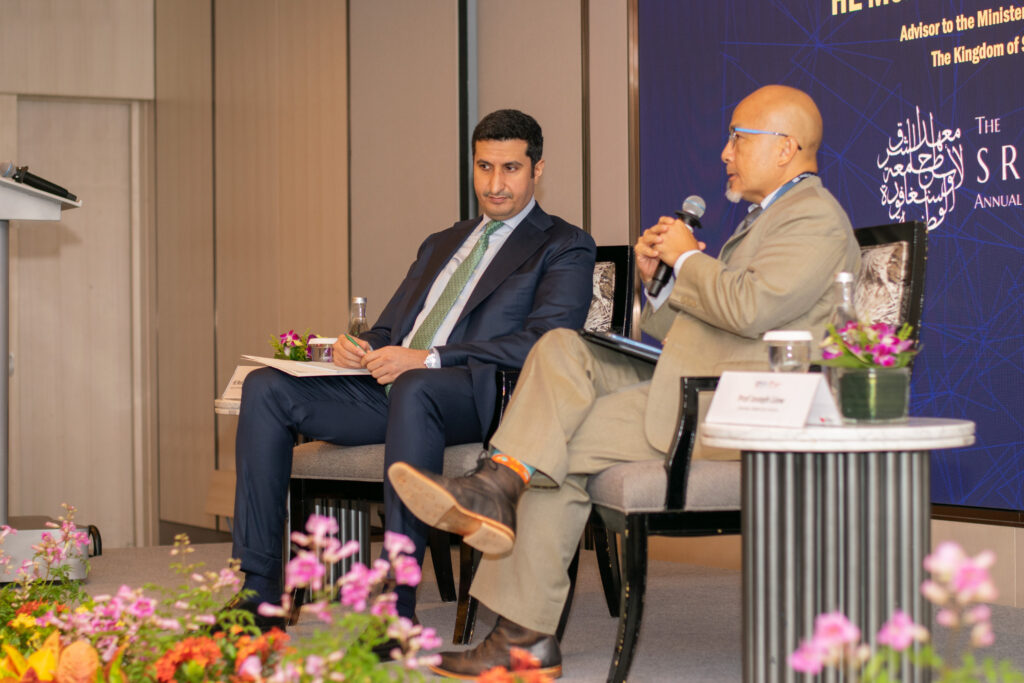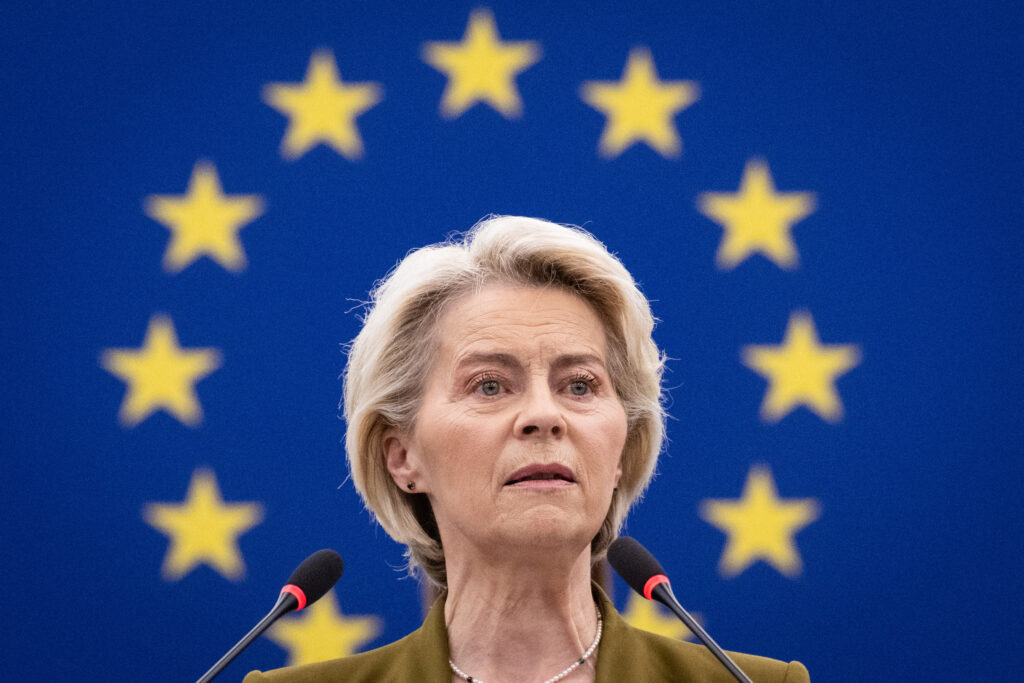Review of The House of Sciences: The First Modern University in the Muslim World (Darülfünun)
- -

Book authored by Ekmeleddin Ihsanoglu, hardcover, published: 18 July 2019 by Oxford University Press, 312 Pages, ISBN: 9780190051556
By Malik R Dahlan
I was captivated by the stunning image on the cover of this book, which brought to mind the Quai d’Orsay, home of France’s Ministry of Foreign Affairs. But this neoclassical mansion, with its courtyards and its Ionic columns, is not from the 7th arrondissement of Paris. It is, rather, the first manifestation of Istanbul University: the Darülfünun. The style of the building was not an architect’s whim, of course — it was a conscious break from the urban style established by Mimar Sinan, the Sultan’s chief architect, in the 15th century, and signalled the attempt to transplant the Western University, as exemplified by Paris’ Grandes écoles, into Ottoman culture.
Not that the Islamic world had not produced first universities of its own. Al-Haramayn, the holy cities of Mecca and Madina, is often described as the oldest university in Islam — although Unesco gives that title to the Fatamid dynasty’s al-Qarawiyyin in Fez, followed by Al-Azhar in Cairo. Nor was the Ottoman empire short of educational institutions: the medrese schools, which taught religious subjects, but also the “rational sciences” of mathematics, astronomy and medicine, were deeply embedded in Ottoman society. But this book brought to mind how the imperial administrators were looking for something different to these.
They were engaged in the tanzimat, or “reorganization” — an ambitious drive that began in 1839 and aimed at a root-and-branch reform of the empire’s institutions. The aim, therefore, was to set up a university as a self-governing body complete with the forms and procedures present in those of today, from the seminars to the research doctorates. Above all, it would be the institution that would allow the Ottoman regime to harness science and technology and lay the basis for a new bureaucratic, secular, specialised approach to knowledge.
Professor Ekmeleddin Ihsanoglu is no stranger to this field, nor to such institutions. Before his unanimous election as the Ninth Secretary General of the Organisation of Islamic Cooperation, the largest international organisation after the United Nations, he was the founder of the Department of History of Science at Istanbul University and the editor of the 17 volumes of biographies and bibliographies that make up the History of Ottoman Scientific Literature. As a founding father of history of Islamic sciences, his contributions have earned him honorary doctorates and professorships from a score of universities, from Moscow to Exeter, and made him an entertaining and informative guide to the Ottoman drive to adopt and adapt this most central of European institutions.
The book is divided to three sections. The first is a comprehensive analysis of the Darülfünun “House of Sciences”, the spiritual forerunner of Istanbul University. This offers an exhaustive analysis of the first attempts to create a template for the modernised Islamic university using Ottoman resources. This proved to be quite a task: there were too few lecturers to teach, too few students to learn, too little existing scientific literature in the right language and alphabet, and not enough money in the state treasury to pay for it all. In this context, commissioning the building was the easy part — although that took almost 20 years to carry out and, when completed, was promptly taken over by the Ministry of Finance. In the end, the project was rescued by two Ottoman administrators, Âlî Pasha and Fuad Pasha, who sponsored a series of popular public lectures in the 1860s and bought the scientific apparatus needed for experimentation from Europe.
The Darülfünun did not begin work in earnest until 1870, following a modified version of the curriculum established for French universities. The second section introduces us to the technical language and pedagogy that emerged from it, and how this new discourse affected the administration’s attempt to create a framework of rules and norms on which to rebase the empire’s institutions. Again, there were significant problems to overcome. Islamic culture was, of course, no stranger to mathematics and astronomy, but what it did not have was the Enlightenment concept of man’s domination of nature through the application of science in the form of technology. Fuad Pasha tried to bridge the gap by stressing that “natural philosophy” was also “divine philosophy”, in that it “revealed divine knowledge to the extent that our humble selves can comprehend”.[1] Even so, lecturers had to be careful what they said: an inaugural lecture given by Jamal ad-Din al-Afghani in 1970 on the subject of “industry” was interpreted as slighting religious belief, and led to his being forced into exile.[2]
So, the birth of the university was not an easy one, and it was not until the turn of the century that the experiment began to bring returns in the form of infrastructure projects such as the Hijaz railway and networks of telegraph lines that stretched from Albania to Yemen, and also a cohort of young Ottoman teachers who were able to disseminate European modernisation with Ottoman characteristics throughout the empire. It also supported Ottoman claims for leadership of the Islamic world by spreading the concept of the university beyond the empire to regions such as Persia and Afghanistan.
These developments are taken up in the third section of the book, which offers a lucid and vivid description of the lasting legacy of this Ottoman institutional experiment, and provides new insights into the conventional wisdom about Ottoman decline and the role of the university-educated intelligentsia in devising remedies for it. In particular, the new university-educated intelligentsia were to play a significant role in the shift from Ottoman absolutism to constitutional forms of government and the later rise of Turkish nationalism. Students trained at the Darülfünun also became advocates for the Arabian nationalism that was to underpin the Arab revolt of 1917 and create the map of the Middle East we know today.
Finally, it is a tribute to Professor Ihsanoglu’s mastery of this subject that he has combined the sweep of history with a wealth of historical and technical detail in a book that is easy to read, vivid and well structured. Future historians in this area will be in his debt.
About the Author
Professor Malik R Dahlan is an honorary fellow of Middle East Institute at the National University of Singapore. He is a prominent Arabian multijurisdictional qualified lawyer and one of the leading international regulatory law and pubic policy experts in the Middle East. He is Chaired Professor of International Law and Public Policy at Queen Mary University of London, and a senior research fellow at Rand Europe.
Image caption: Istanbul University is a prominent Turkish university. Its main campus is adjacent to Beyazıt Square, in Fatih. Photo: G.OZCAN, as shared on Wikimedia Commons.
End Notes
[1] Ekmeleddin Ihsanoglu, The House Of Sciences: The First Modern University in the Muslim World, Oxford: Oxford University Press (2019), 28.
[2] Ibid, 37.







